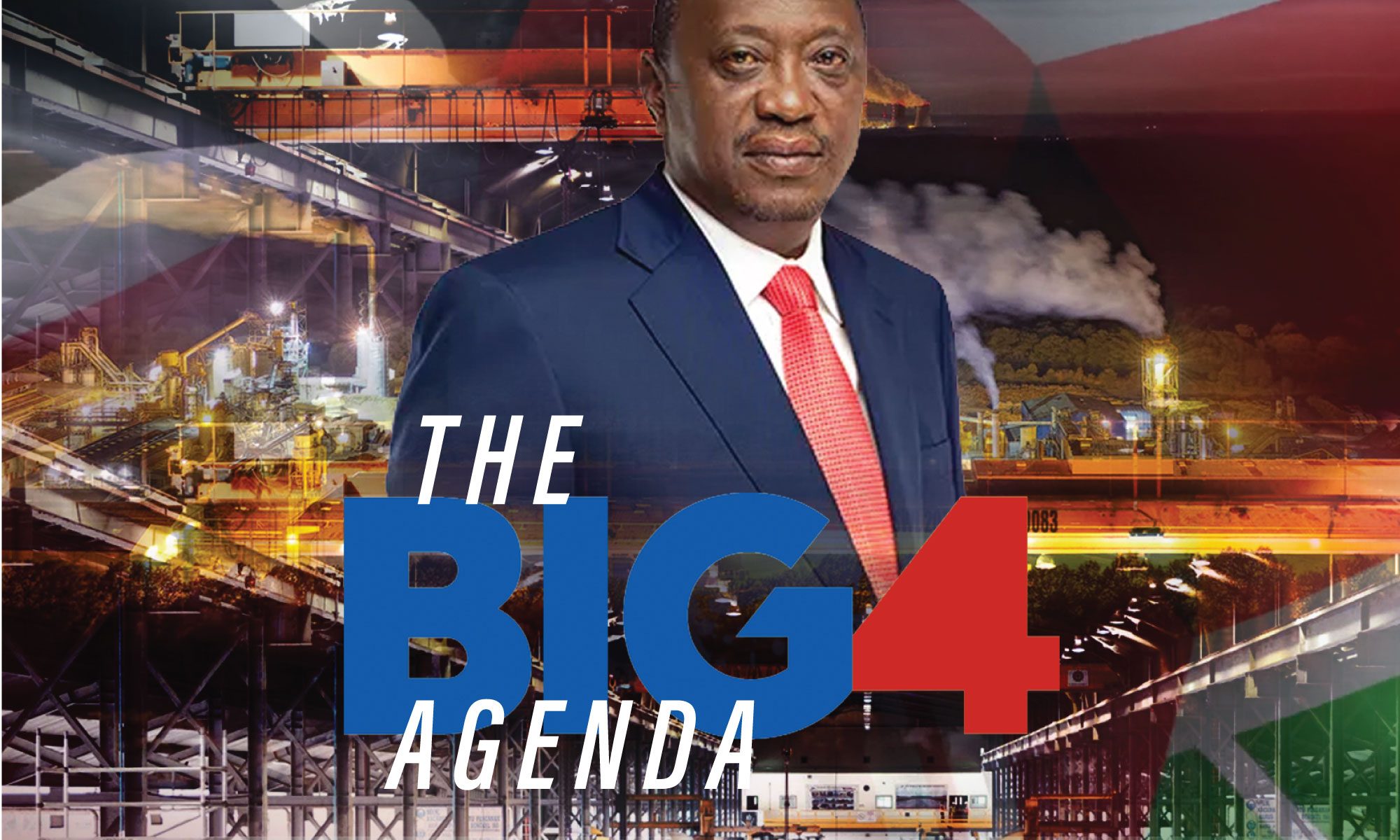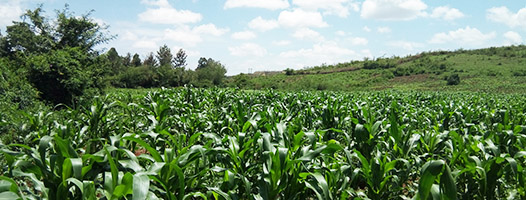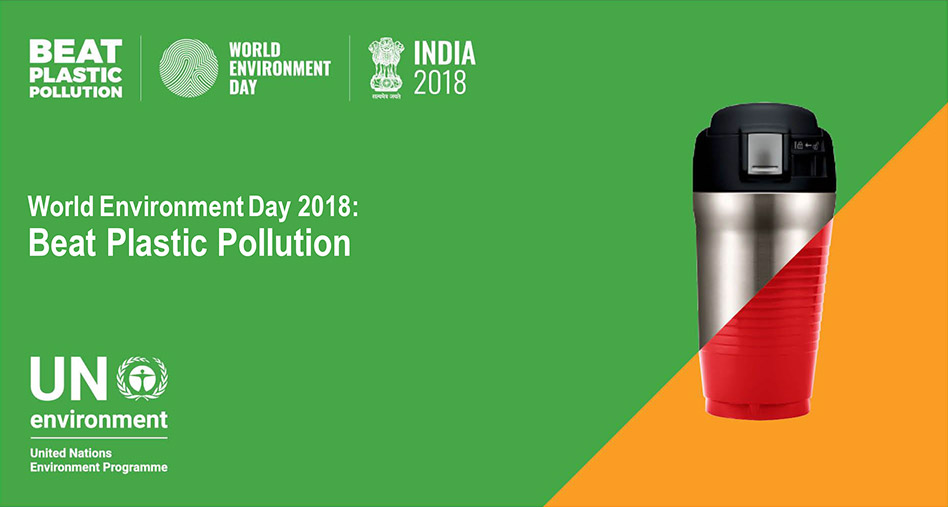The African Continental Free Trade Area (AfCFTA) was launched on July 7th, 2019 in Niamey, Niger, by African Heads of State and Government at an extraordinary summit of the African Union (AU). The AfCTFA is a free trade area mooted by African governments. The AfCFTA is the world’s largest free-trade area in terms of number of countries participating ,since the formation of the World Trade Organization (WTO). The mere fact that the AfCTFA was negotiated over a record 24 months, and ratified by ratified record 54 of the 55 of the African states in 14 months after its initial signature on 21 March 21st, 2018 in Kigali underlines Africa’s commitment to opening up its markets and borders to foster intra-Africa trade, and economic integration at a time when multilateralism and economic integration seem to be on the retreat in the international order.
Why is the coming into force of the AfCFTA a watershed event for Africa, governments, and the youth? The agreement initially requires members to remove tarrifs from 90% of goods, allowing free access to commodities, goods, and services across the continent. The United Nations Commission for Africa (UNECA) estimates that the agreement will boost intra-African trade by a whooping 52% by the year 2022. This impetus towards closer economic integration is poised to change Africa forever. It also is about developmental integration, designed to promote structural transformation, lifting millions out of poverty, rather than being a traditional Free Trade Area agreement (FTA) focused on market liberalization.
The agreement covers goods and services, and has complementary programs for infrastructure, industrialization, agriculture modernization, small scale trade, as well as innovation, intellectual property, competition and investment. Lastly, the AfCFTA creates a common market in Africa with a combined GDP of US$6.7 trillion in purchasing power parity, business and annual consumer spending of US$ 4 trillion, is home to over 400 companies with revenues of over US$1 billion, comprises 60% of the world’s arable land and vast reservoirs of natural resources.
The AfCFTA dovetails very well with the AU’s Agenda 2063. Agenda 2063 was launched in the year 2013 by African Heads of States and Government during the 50-year Jubilee celebrations of the AU, is a 50-year blueprint and master plan to transform Africa into a global powerhouse by the year 2063. Agenda 2063 is a 50-year plan agreed upon by all members of the continental body in 2013.
However, six years after African government’s agreed on Agenda 2063, there is very little awareness about this transformative strategic framework amongst key constituencies within the continent, especially the youth. Agenda 2063 encapsulates not only Africa’s aspirations for the future but also identifies key flagship programmes which can boost Africa’s economic growth and development , and lead to the rapid transformation of the continent. The Youth are Africa’s future, comprising 60% of its population of 1.7 billion people by 2030, but they continue being sidelined in policy-making, execution and implementation of both government and private-sector programmes and investment projects.
In 2013, Africa had 200 million people aged between 15 and 24 (the youth bracket), making the African continent host to the youngest population in the world. This population is expected to, ceteris paribus, double by 2045, according to the 2012 Africa Economic Outlook report by the African Development Bank (AfDB), the UN Development Programme (UNDP), the UN Economic Commission for Africa (ECA) and the industrialized countries’ Organization for Economic Cooperation and Development (OECD), among others, and stand at 3 billion people by 2063. This means that Africa will be home to 30% of the global population by 2063, up from the current 10%. These are profound demographic transformations. 70% of this population will be youth.
Although African economies have been on the ascendancy in terms of economic growth, even as global economic growth and outlook slows down, courtesy of a slowdown in China, the Eurozone, Japan and the US – six of the 10 fastest-growing economies in the world are in sub-Saharan Africa (SSA), but nevertheless the youth suffer from high levels of unemployment rate of as high as 6%, according to the AfDB, compared to the world average of 5%. It is a settled fact that youth unemployment “occurs at a rate more than twice that for adults,” according to the AfDB, meaning that youths account for 60% of all unemployed Africans, according to the World Bank. There are regional disparities however, with North Africa having a youth unemployment of 30%, and this figure is estimated to be higher in several Southern African states like Zimbabwe.
But these figures are an understatement as these statistics belie the fact that Africa’s unemployment statistics exclude those in vulnerable employment and those who are underemployed in informal sectors. “Young people [in Africa] find work, but not in places that pay good wages, develop skills or provide a measure of job security,” reports the Brookings Institution, a Washington-based public policy organization that conducts independent research. More than 70% of the youth in the Democratic Republic of the Congo, Ethiopia, Ghana, Malawi, Mali, Rwanda, Senegal and Uganda are either self-employed or contributing to family work, and with about 10 million to 12 million young people joining the labour market each year, this exacerbates the productive employment challenge.
Previous efforts to address the African youth challenge have not been very successful. In 2009, the AU addressed itself to this challenge by declaring 2009–18 the “African Youth Decade” and resolved to mobilize resources, including from the private sector for youth development. Their plan of action emphasized the need to address both unemployment and underemployment. While the current Agenda creates a long-term 50-year development trajectory and identifies a tangible roadmap to redress the situation, it is hoped that African governments and the private sector will leverage the vast opportunities unleashed by the AfCFTA to bring down structural and systemic barriers hindering the employment and productive employment of the youth in enterprise. Non-tariff barriers to trade, it is hoped, will also be minimized, if not eliminated, to lower the cost of entry of youth and SMEs into private-business. Technology, higher and affordable connectivity, better infrastructure, upskilling, and easier migration policies and friendly border controls should also play a key role in enabling youth, and labor, to secure productive, and remunerative employment or to start their own businesses. Technology especially is expected to address the perennial challenges of access to markets, capital, skills, timely information and technical solutions given the growing penetration and usage of smart phones on the continent
In the end however, it is incumbent upon governments to move beyond paying lip-service to the youth bulge and unemployment crisis in Africa, walk the talk by creating a targeted, and harmonized set of incentives to kickstart African youth on their journey to self-fulfillment; upholding the tenets of the Africa Youth Agenda charter.
Public Policy Department





